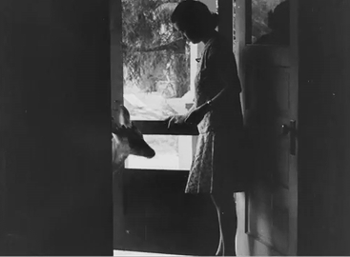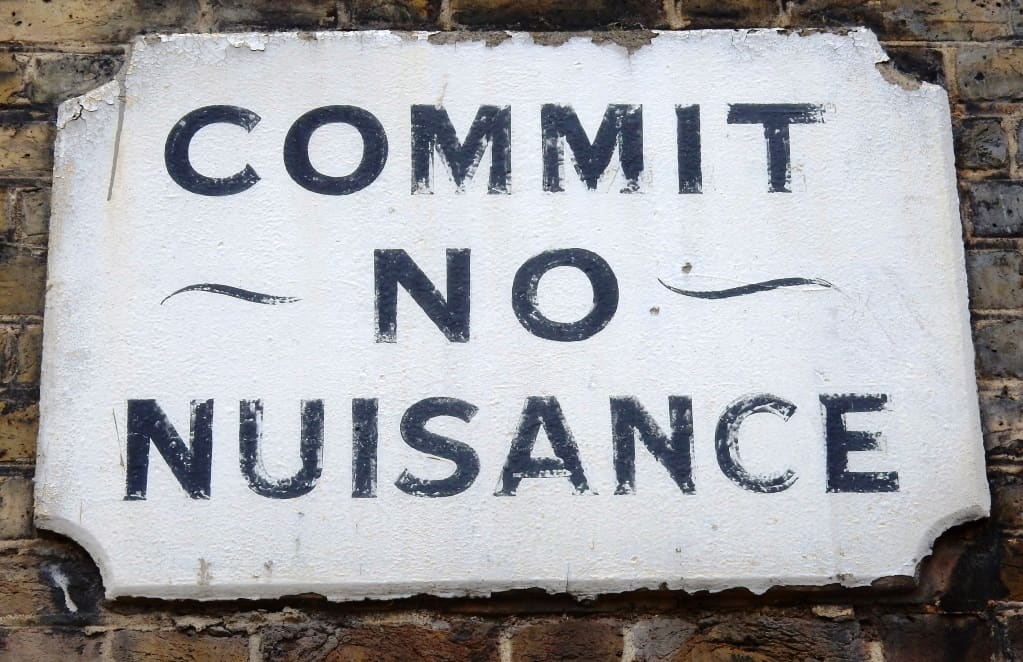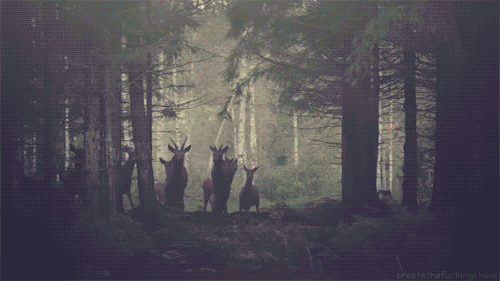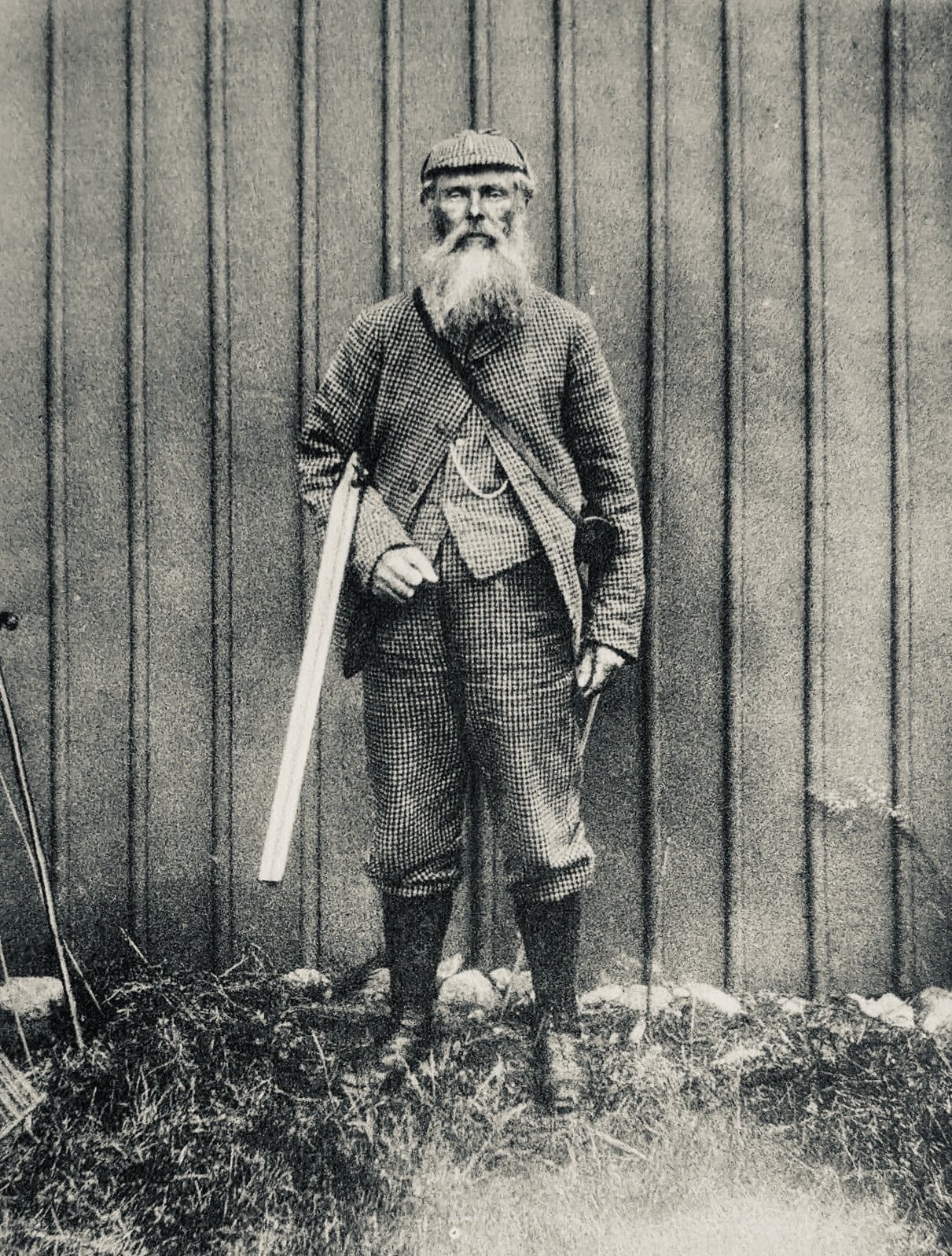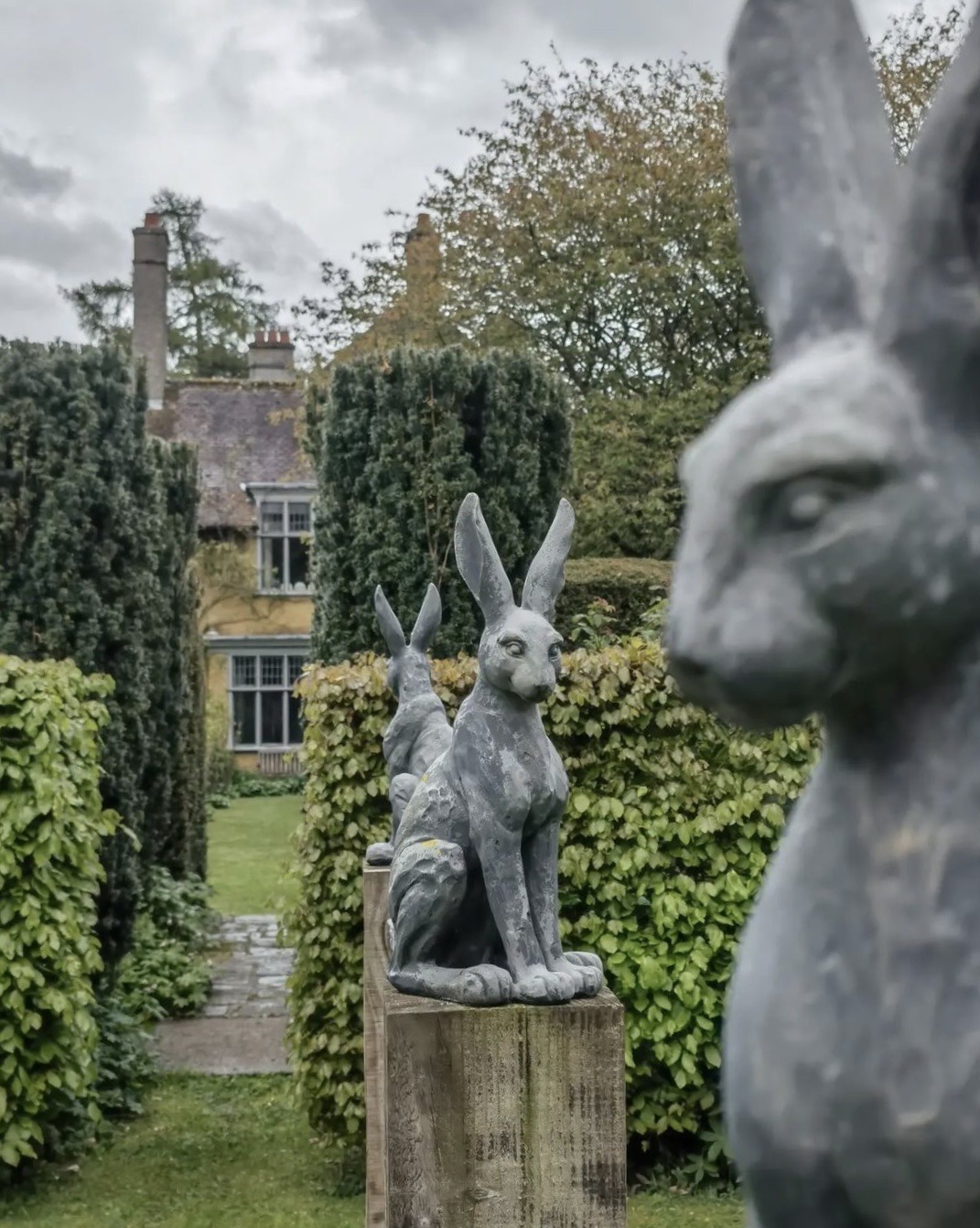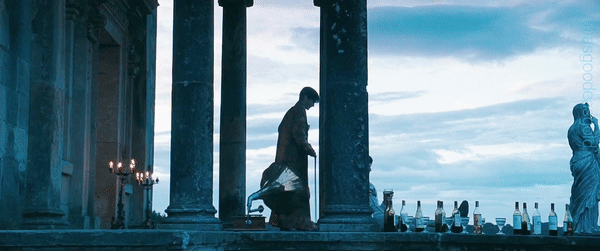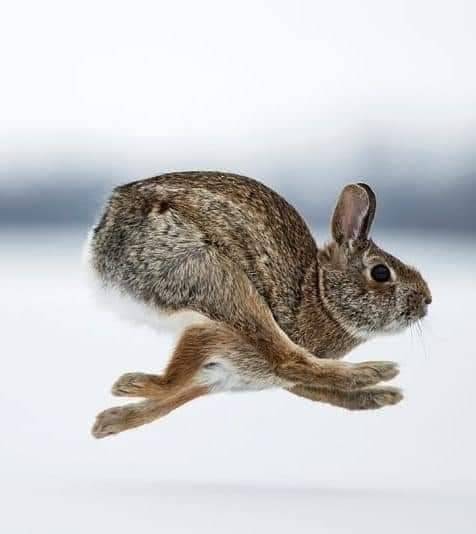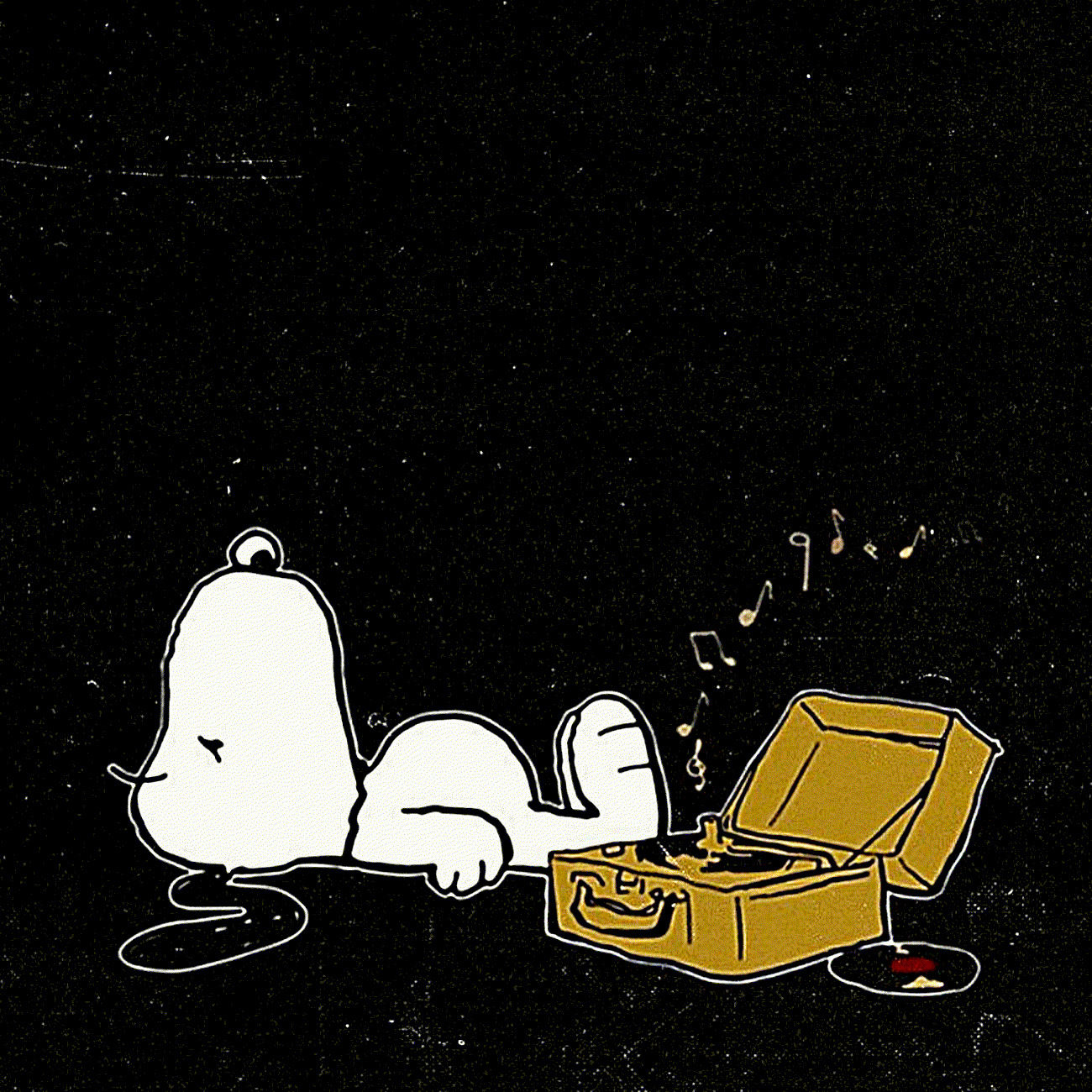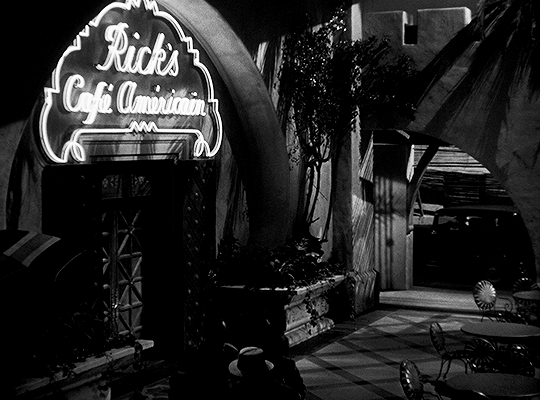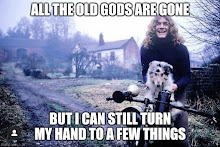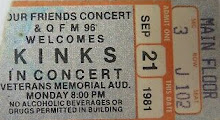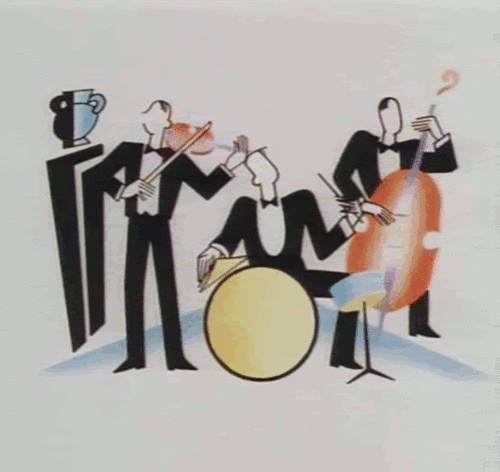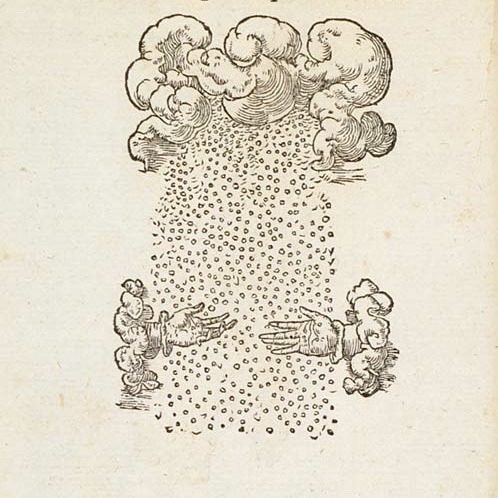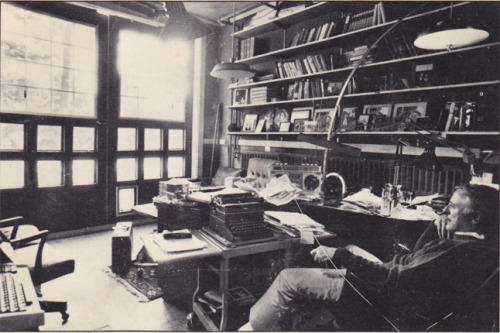30 November 2012
Becoming.
Raphael, The School of Athens, 1511
A solution only makes sense once you understand what the problem is. The more I travel, the more I’m convinced that most educators simply don’t understand the true problem we face. The challenge is that, for the !rst time in our history, we’re expected to prepare all students to have high skill levels. And unfortunately, as it operates today, our system either can’t or won’t do that.
Far too many students leave before they complete high school. Even if they do graduate, many of them graduate learning disabled, learning delayed, or learning deficient. What’s more, many students today are increasingly disengaged. There’s a huge and growing issue of disconnect between what these students learn in school, what’s available for them outside of schools, and what they need to succeed in life beyond school.
The problem we have as teachers is that, in a lot of respects, our digital learners are leaving us behind. We need to catch up, and to do this we need to become smarter teachers. But the question is, how? What can we do to bridge the gap between us and our future leaders?
In our attempts to fix things in education, we constantly focus on the symptoms, not the causes,of problems. That’s why we see people looking for packaged answers, rather than looking at the root causes and doing what needs to be done to change the system. Sometimes we seek complex solutions for what are truly simple problems.
With this in mind, what follows are my observations about some simple things we can do to change that. Let’s take a look at 15 different steps you can take to becoming a smarter teacher.
Read the rest at 21st Century Fluency Project.
Beethoven, Violin Sonata #10 In G, Op. 96, "The Cockcrow"
This is the Allegro moderato. Isabella Faust, fiddle ...
Mac.
My allegiance will forever lie with Hockeytown and the winged-wheel, so when Darren McCarty responded to one of my tweets, I felt like a kid waiting outside the players' entrance getting my jersey signed. OK, let's forget about the fact that McCarty is the same age as me. I remember that guy's career as well as anyone who played in Detroit! We grew up during the same time; he just had a slightly more awesome view of the games I was watching.
The interaction, though odd and unique, was personalized because he was responding specifically to questions I was asking him. What began as a request for a couple of questions evolved into a full-blown interview. Darren—I can call him that now because we're fast friends...all right, no we aren't—Mr. McCarty. was amazingly accommodating, and he answered every question I had and then some.
Read the interview at Bleacher Report.
Numbers.
There are all sorts of reasons for why players have specific numbers on their uniforms. Miguel Cabrera likes #24 because that was the number worn by Willie Mays. Barry Sanders wanted #21 when he was drafted by the Detroit Lions, but the equipment man told him that #20 was legendary for the franchise, having been worn by Lem Barney and Billy Sims, so Sanders agreed to take it. Many players just get whichever number the equipment man assigns them, but once they get it, they grow attached to it in a superstitious way. One of the first things Torii Hunter did after signing a contract with the Tigers this month was to call Rick Porcello and offer him some cash for #48 – the only number Hunter has worn in the big leagues.
Detroit Athletic Co. has the numbers here and the uni here.
Vivaldi.
Giovanni Antonini conducts Il Giardino Armonico in various aria and concerti, with contralto Sonia Prina ...
Concerto in G minor RV 157
Là sull'eterna sponda (Motezuma)
Concerto in B minor RV 580
Vedrò con mio diletto (Giustino RV717)
Ho il cor già lacero (Griselda RV718)
Agitata infido flatu (Juditha triumphans RV718)
Concerto in C major RV 443
Sol da te (Orlando furioso RV 728)
Andero, Volreo, Gridero de l'Orlando finto Pazzo
Nel profondo cieco mondo (Orlando furioso RV 728)
Concerto in G minor RV 157
Là sull'eterna sponda (Motezuma)
Concerto in B minor RV 580
Vedrò con mio diletto (Giustino RV717)
Ho il cor già lacero (Griselda RV718)
Agitata infido flatu (Juditha triumphans RV718)
Concerto in C major RV 443
Sol da te (Orlando furioso RV 728)
Andero, Volreo, Gridero de l'Orlando finto Pazzo
Nel profondo cieco mondo (Orlando furioso RV 728)
Happy birthday, Palladio.
Palladio, Villa Capra, "La Rotonda," 1571
Andrea Palladio was born on this date in 1508.
More here.
Palladio's The Four Books of Architecture is a must.
Happy birthday, Churchill.
Sir Winston Churchill was born on this date in 1874.
I should have liked to be asked to say what I knew. They always tried to ask what I did not know. When I would have willingly displayed my knowledge, they sought to expose my ignorance. This sort of treatment had only one result: I did not do well in examinations.
- Winston Churchill
More here.
29 November 2012
Happy birthday, Lewis.
C.S. Lewis was born on this date in 1898.
- C.S. Lewis
Color.
Andras Schiff gave an hour-long lecture about J S Bach last night at Davies Symphony Hall. The pianist recently began a two-year residency with the San Francisco Symphony, during which time he’s devoting much attention to Bach.
More at Vancouver Recital Society.
Here's Schiff discussing Bach and his recent recording of The Architect of Sound 's Well-Tempered Clavier ...
There’s an effortless yet quiet sense of humor to the man which I find charming. He seems very self-effacing in spite of his grandeur at the keyboard.
Of the many fascinating things that Schiff mentioned during his talk, which the pianist deftly accompanied with short musical excerpts to illustrate the points he wanted to make, the thing that I found most interesting was his interpretation of certain pieces by Bach in terms of the color spectrum.
For Schiff, every key in which Bach wrote a Prelude and Fugue in The Well-Tempered Clavier brings to mind a different color of the rainbow. According to the pianist, C Major is white, E Major is light blue, G Major is green, and B Minor is black. He played excerpts from the pieces Bach wrote in those keys to illustrate his assertions.
Read the rest at Arts Journal.
“To me, Bach’s music is not black and white; it’s full of colors,” writes András Schiff. “In my imagination, each tonality corresponds to a colour. The WTC … provides an ideal opportunity for this fanciful fantasy. Let’s imagine that in the beginning there was innocence and therefore C major (all white keys) is snow-white. The last piece of both books is in B minor, which is the key of death. Compare the fugue of Book I to the Kyrie of the B-minor Mass. This has to be pitch-black. Between these two poles we have all the other colors – first the yellows, oranges and ochre (between C minor and D minor), all the shades of blue (E-flat major to E minor), the greens (F major to G minor), pinks and reds (A-flat major to A minor), browns (B-flat), grey (B major) and finally black. Of course this is a very personal interpretation, and each listener may have a different opinion. Nevertheless, if some of us happen to believe that music is more than just a series of notes and sounds, then a little bit of fantasy is welcome.”More at Vancouver Recital Society.
Here's Schiff discussing Bach and his recent recording of The Architect of Sound 's Well-Tempered Clavier ...
Honor.
Thank you, Zagat.
Strength.
Gearhart, Behold The Day, 1923
Thou, whose exterior semblance doth belie
Thy Soul's immensity;
Thou best Philosopher, who yet dost keep
Thy heritage, thou Eye among the blind,
That, deaf and silent, read'st the eternal deep,
Haunted for ever by the eternal mind,—
Mighty Prophet! Seer blest!
On whom those truths do rest,
Which we are toiling all our lives to find,
In darkness lost, the darkness of the grave;
Thou, over whom thy Immortality
Broods like the Day, a Master o'er a Slave,
A Presence which is not to be put by;
Thou little Child, yet glorious in the might
Of heaven-born freedom on thy being's height,
Why with such earnest pains dost thou provoke
The years to bring the inevitable yoke,
Thus blindly with thy blessedness at strife?
Full soon thy Soul shall have her earthly freight,
And custom lie upon thee with a weight,
Heavy as frost, and deep almost as life!
O joy! that in our embers
Is something that doth live,
That Nature yet remembers
What was so fugitive!
The thought of our past years in me doth breed
Perpetual benediction: not indeed
For that which is most worthy to be blest;
Delight and liberty, the simple creed
Of Childhood, whether busy or at rest,
With new-fledged hope still fluttering in his breast:—
Not for these I raise
The song of thanks and praise
But for those obstinate questionings
Of sense and outward things,
Fallings from us, vanishings;
Blank misgivings of a Creature
Moving about in worlds not realised,
High instincts before which our mortal Nature
Did tremble like a guilty thing surprised:
But for those first affections,
Those shadowy recollections,
Which, be they what they may
Are yet the fountain-light of all our day,
Are yet a master-light of all our seeing;
Uphold us, cherish, and have power to make
Our noisy years seem moments in the being
Of the eternal Silence: truths that wake,
To perish never;
Which neither listlessness, nor mad endeavour,
Nor Man nor Boy,
Nor all that is at enmity with joy,
Can utterly abolish or destroy!
Hence in a season of calm weather
Though inland far we be,
Our Souls have sight of that immortal sea
Which brought us hither,
Can in a moment travel thither,
And see the Children sport upon the shore,
And hear the mighty waters rolling evermore.
Then sing, ye Birds, sing, sing a joyous song!
And let the young Lambs bound
As to the tabor's sound!
We in thought will join your throng,
Ye that pipe and ye that play,
Ye that through your hearts to-day
Feel the gladness of the May!
What though the radiance which was once so bright
Be now for ever taken from my sight,
Though nothing can bring back the hour
Of splendour in the grass, of glory in the flower;
We will grieve not, rather find
Strength in what remains behind;
In the primal sympathy
Which having been must ever be;
In the soothing thoughts that spring
Out of human suffering;
In the faith that looks through death,
In years that bring the philosophic mind.
And O, ye Fountains, Meadows, Hills, and Groves,
Forebode not any severing of our loves!
Yet in my heart of hearts I feel your might;
I only have relinquished one delight
To live beneath your more habitual sway.
I love the Brooks which down their channels fret,
Even more than when I tripped lightly as they;
The innocent brightness of a new-born Day
Is lovely yet;
The Clouds that gather round the setting sun
Do take a sober colouring from an eye
That hath kept watch o'er man's mortality;
Another race hath been, and other palms are won.
Thanks to the human heart by which we live,
Thanks to its tenderness, its joys, and fears,
To me the meanest flower that blows can give
Thoughts that do often lie too deep for tears.
- William Wordsworth, from "Ode: Intimations of Immortality from Recollections of Early Childhood"
28 November 2012
Jansen.
Dutch artist and engineer Theo Jansen introduced us to a new form of life at TED2007—nimble kinetic sculptures that he crafts out of electric tubes and fans which gather wind energy. Jansen shared his idea: that his sculptures that could live as a herd on the beach and survive on their own.
Salazar, a director’s collective in Vancouver, Canada, stumbled upon Jansen’s talk and approached the artist about making a 7-minute documentary about his work and philosophy. Their short film, produced for Red Bull Media House, is now a staff pick on Vimeo. Watch above to see stunning imagery of Jansen’s creatures splashing in the ocean, and to see Jansen in his studio, creating these animals.
There's more of Jansen's work here and here.
Salazar, a director’s collective in Vancouver, Canada, stumbled upon Jansen’s talk and approached the artist about making a 7-minute documentary about his work and philosophy. Their short film, produced for Red Bull Media House, is now a staff pick on Vimeo. Watch above to see stunning imagery of Jansen’s creatures splashing in the ocean, and to see Jansen in his studio, creating these animals.
There's more of Jansen's work here and here.
Slowly.
Corot, Forest of Fountainebleau, 1834
There is an impression abroad that literary folk are fast readers. Wine tasters are not heavy drinkers. Literary people read slowly because they sample the complex dimensions and flavors of words and phrases. They strive for totality not lineality. They are well aware that the words on the page have to be decanted with the utmost skill. Those who imagine they read only for "content" are illusioned.
- Marshall McLuhan
Full.
VII
If yet these twain survive your worldly breath,
Joy trampling sorrow, life devouring death,
If perfect life possess your life all through
And like your words your souls be deathless too,
To-night, of all whom night encompasseth,
My soul would commune with one soul of you.
- Algernon Charles Swinburne, from "In The Bay"
27 November 2012
Penumbral.
The full moon will come during the night tonight (November 27-28, 2012) for us in North America, and it comes with some interesting features. That is, in 2012, the November full moon gives the world its smallest full moon of the year – and in North America, a subtle, penumbral eclipse of the moon before sunrise November 28.
... consider yourself forewarned. A penumbral lunar eclipse is not nearly as stark and obvious as an umbral eclipse of the moon. During an umbral lunar eclipse, the moon passes through the umbra – the Earth’s dark, cone-shaped shadow. During a penumbral eclipse, the moon passes through the light penumbral shadow surrounding the umbra. (See feature diagram at top.) Your best chance of noticing any penumbral shadow on the moon’s surface is at mid-eclipse (greatest eclipse) in a dark sky not obscured by dusk or dawn.
Read the rest at EarthSky.
Your Lunar Eclipse Calculator is here.
... consider yourself forewarned. A penumbral lunar eclipse is not nearly as stark and obvious as an umbral eclipse of the moon. During an umbral lunar eclipse, the moon passes through the umbra – the Earth’s dark, cone-shaped shadow. During a penumbral eclipse, the moon passes through the light penumbral shadow surrounding the umbra. (See feature diagram at top.) Your best chance of noticing any penumbral shadow on the moon’s surface is at mid-eclipse (greatest eclipse) in a dark sky not obscured by dusk or dawn.
Read the rest at EarthSky.
Your Lunar Eclipse Calculator is here.
Gliding.
Gearhart, Between Showers, 1923
So This Is Nebraska
The gravel road rides with a slow gallop
over the fields, the telephone lines
streaming behind, its billow of dust
full of the sparks of redwing blackbirds.
On either side, those dear old ladies,
the loosening barns, their little windows
dulled by cataracts of hay and cobwebs
hide broken tractors under their skirts.
So this is Nebraska. A Sunday
afternoon; July. Driving along
with your hand out squeezing the air,
a meadowlark waiting on every post.
Behind a shelterbelt of cedars,
top-deep in hollyhocks, pollen and bees,
a pickup kicks its fenders off
and settles back to read the clouds.
You feel like that; you feel like letting
your tires go flat, like letting the mice
build a nest in your muffler, like being
no more than a truck in the weeds,
clucking with chickens or sticky with honey
or holding a skinny old man in your lap
while he watches the road, waiting
for someone to wave to. You feel like
waving. You feel like stopping the car
and dancing around on the road. You wave
instead and leave your hand out gliding
larklike over the wheat, over the houses.
- Ted Kooser
Patient.
In the morning when the moon is at it's rest
You will find me at the time I love the best
Watching rainbows play on sunlight
Pools of water iced from cold night
In the morning
It is the morning of my life
In the daytime, I will meet you as before
You will find me waiting by the ocean floor
Building castles in the shifting sands
In a world that no one understands
In the morning
It is the morning of my life
It is the morning of my life
In the morning of my life
The minutes take so long to drift away
Please be patient with your life
It's only morning and you're still to live your day
In the evening, I will fly you to the moon
To the top right hand corner of the ceiling in my room
Where we'll stay until the sun shines
Another day to swing on clothes lines, may I be yawning
It is the morning of my life
It is the morning of my life
In the morning
- Barry Gibb
David Gray ...
You will find me at the time I love the best
Watching rainbows play on sunlight
Pools of water iced from cold night
In the morning
It is the morning of my life
In the daytime, I will meet you as before
You will find me waiting by the ocean floor
Building castles in the shifting sands
In a world that no one understands
In the morning
It is the morning of my life
It is the morning of my life
In the morning of my life
The minutes take so long to drift away
Please be patient with your life
It's only morning and you're still to live your day
In the evening, I will fly you to the moon
To the top right hand corner of the ceiling in my room
Where we'll stay until the sun shines
Another day to swing on clothes lines, may I be yawning
It is the morning of my life
It is the morning of my life
In the morning
- Barry Gibb
David Gray ...
26 November 2012
Listen.
When most well-intentioned aid workers hear of a problem they think they can fix, they go to work. This, Ernesto Sirolli suggests, is naïve. In this funny and impassioned talk, he proposes that the first step is to listen to the people you're trying to help, and tap into their own entrepreneurial spirit.
Indomitable.
Brown, Black-Capped Chickadee, 2012
- Tom Brown, "The Tracker"
Frugality.
Leibovitz, Georgia O'Keeffe's Handmade Pastels, 2010
I was being given an award at the Georgia O’Keeffe museum in Santa Fe,
New Mexico, and they kindly offered to take me to Ghost Ranch and
to her house in Abiquiú, up on a hill overlooking the valley. So I went, and as
I walked into her studio I started to cry. Something just hit me about the way
she lived. Her frugality – all of her linens were frayed – is a reminder that
we don’t need much. She had a simple life: she worked every day, grew a
vegetable garden and ate well, walking on this land that she was so drawn to.
She was the real thing.
I was lucky. The museum’s curator, Barbara Buhler Lynes,
showed me around. She had written a book about where O’Keeffe painted. There’s
a red hill in some of the paintings that looks like a mountain; in reality, it
is only about 12ft high, almost an anthill. What’s remarkable about the house
is that it’s pretty much been left the way she had it when she was alive. The
pastels that O’Keeffe made herself are in the museum. Seeing them, you really
have the sense that she held and used them. They are the colours of New Mexico:
the reds are the sand in the hill, the blues are the sky.
- Annie Leibovitz
Infused.
White Whale Ale was brewed in honor of Powell’s Books 41st Anniversary. Powell’s is the one of the world’s best known independent bookstores. Its flagship store in downtown Portland, Oregon, covers an entire city block and contains more than one million new and used books.
Thank you, Beer Therapy.
Subscribe to:
Posts (Atom)




















